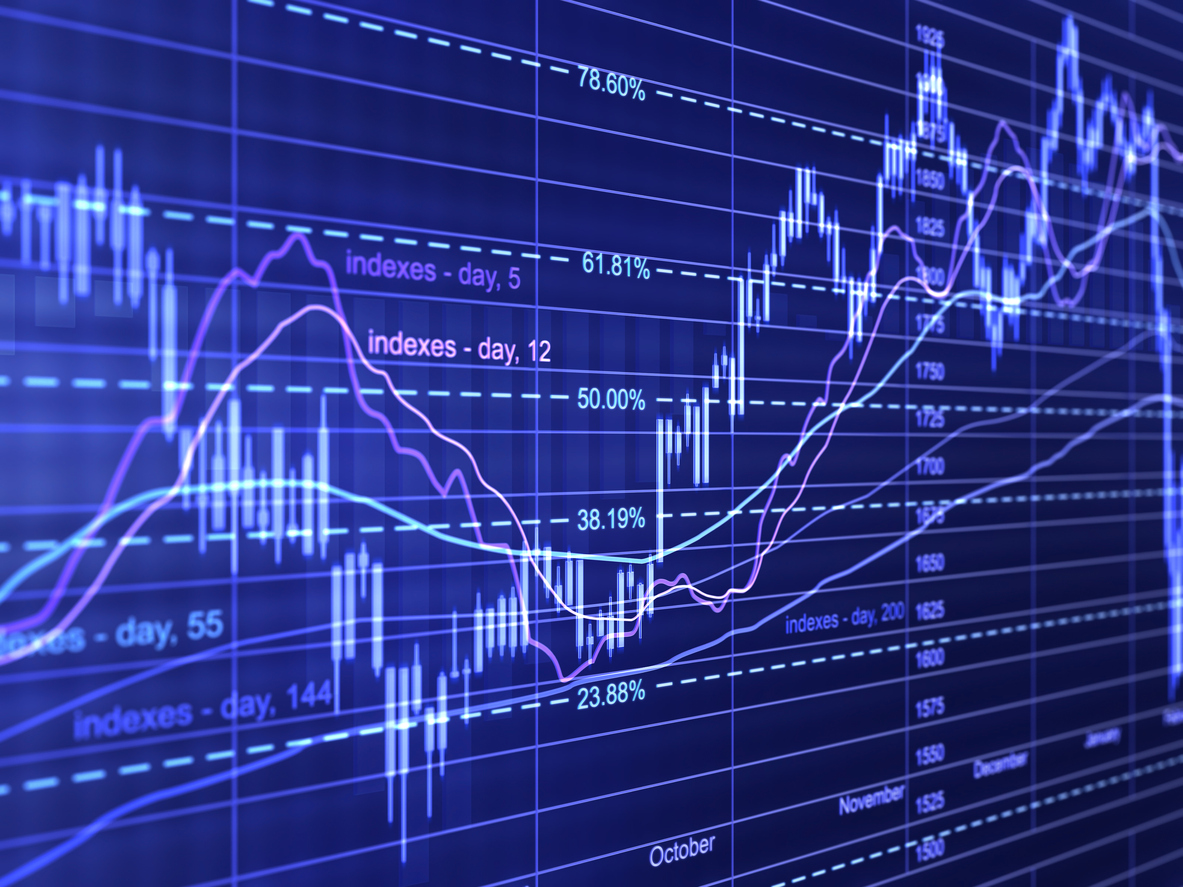Currency trading has been around for a long time, but modern currency trading only really began in 1972 when the Bretton Woods Agreement was effectively ended by the then United States of America President, Richard Nixon – Bretton Woods in New Hampshire US was where the post WW2 leaders met to discuss and stabilise the global economy after the Gold Standard had been abandoned during WW1. Thirty years of foreign exchange restrictions caused by this post WW2 agreement meant that countries switched to ‘floating rate’ regimes rather than ‘fixed’ ones. Another reason for the change was the US Treasury did not have enough Gold to cover all the US dollars that the foreign central banks had in reserve. The FX trader was born!
So whilst countries had ‘traded’ currencies since Egyptian times (in various ways), FX as we know it today didn’t really begin until the early 1970’s.
Foreign Exchange (Forex) is now a completely global, decentralised (OTC) market for trading currencies. Forex is the largest traded commodity on the globe – followed by Credit. However, it is not a free-for-all. There are a number of historic rules which the new participant needs to understand. There are practices which have been in force since the early days and which the new investor needs to understand.
- Market convention is to quote most exchange rates against the US dollar (USD). So the USD is the base currency and the other currency is the counter currency. The exception to this are the following; GBP (UK Sterling), AUD (Australian Dollar), NZD (New Zealand Dollar) and EUR (the Euro). In these cases the USD is quoted as the counter currency.
- Currencies are traded in ‘pairs’ – USD/JPY, EUR/CAD etc. The most traded ‘pairs’ in 2016 were EUR/USD, USD/JPY, and GBP/USD.
- The most important centre for Forex trading is the UK which, in 2013, represented 41% of trades worldwide – whereas the US came in at 19%; Singapore and Japan 6%; and Hong Kong 4%.
- Currency markets operate continuously – 24 hours a day except weekends. They operate on very low margins.
For the inexperienced trader modern day Forex can be made simpler and more manageable with a whole host of tools. For example, a trader can put their trust in a (semi)-autonomous trading assistant that works with algorithms that try to predict market fluctuations. Or by using what is called ‘social trading’, an innovative approach that has been pioneered by trading platform eToro, where trading and social networking are combined. Say an investor wants to trade EUR to GBP they can copy and interact with more experienced traders on the platform and capitalize on the shared community knowledge. Even so, currency investors need to be aware what it is that can affect currency rates if they want to mitigate some of the risks that come with any kind of investment.
Interest Rates – The relative purchasing power parity – it is easy to switch to currency with high % rate of return but the Forex rate is hampered by other factors.
Balance of payments model for the underlying economy – An economy in serious financial stress will offer high rates of interest despite having a poor balance of payments which, in turn, will have an adverse effect in the Forex rate.
Politics – The economy of a state might be sound but the politics could leave markets concerned; hence the Forex markets will look at the currency unfavourably. Remember who sets the rates and where the trades are all done.
Speculation – Economist Milton Friedman has argued that speculators are only good for the market, as they act as a signifier for what is probably true. But they can have short term de-stabilising effects.
Auto-trading – This might have only represented 2% of trades in 2004, but by 2014 45% of trades were conducted automatically. Whatever you believe the fundamentals of a currency to hold, the ‘system’ will move it against you if the algorithms don’t agree with your view.
Risk Aversion – The US in 2009 was in serious crisis which caused ripples all around the globe – but despite this, the dollar rose against falling equity markets. Investors will always move to the dollar during global upheaval – even if the US is the reason for it!
So what should the Forex investor be looking towards? The past decades have seen huge changes in the sophistication of the Forex markets – the emergence of electronic trading and the ability of institutions and individuals to trade instantaneously with new financial instruments such as futures, options and swaps has enabled traders to perfectly time their exchanges and hedge against unpredictable fluctuations. But that does not mean that traders should become complacent, algorithms have been known to make costly mistakes in the past and tools will only get you so far. It is because of this that a good grasp of the fundamentals of Forex are going to be a big part of making any trader future proof.



 Bitcoin
Bitcoin  Ethereum
Ethereum  XRP
XRP  Tether
Tether  Solana
Solana  USDC
USDC  TRON
TRON  Lido Staked Ether
Lido Staked Ether  Cardano
Cardano  Avalanche
Avalanche  Toncoin
Toncoin